Releases
May 2022
As AI adoption matures across organizations, there are increased business requirements for scale, speed, and ensuring that AI models are fair and accurate. The DataRobot AI Cloud May 2022 Release, the first in a series of monthly releases for the cloud-based AI platform, focuses on new features that help users spend less time on scripting and uploading data and more time focusing on refining models and delivering impactful results.
The DataRobot AI Cloud May 2022 Release delivers nearly 40 new features to help data scientists and business leaders deliver AI results in a rapidly changing world.
Bias Mitigation
AI bias is a headline-generating topic. To help create and maintain fair and accurate AI models, DataRobot AI Cloud introduces a new level of bias mitigation, building on DataRobot’s already robust capabilities. You can now choose from two flexible workflows to mitigate bias in AI models, even before they are deployed. Choose to mitigate any individual model for biased behavior using a feature of your choosing, or run bias mitigation automatically to make the top three models results more fair. With this release, DataRobot simplifies bias mitigation with a no-code, out-of-the-box solution to detect, monitor, and mitigate bias while still giving users control to understand how the bias mitigation was performed and choose which features are being mitigated for bias.
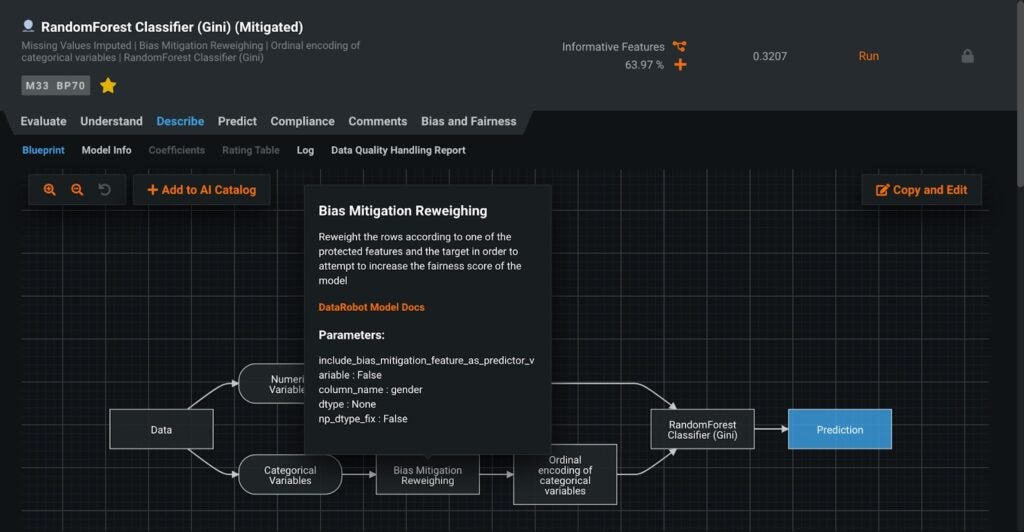
No-Code AI Apps: Time Series What-if Scenarios
With No-Code AI Apps, you can extend the power of AI to front line business users. Now, DataRobot empowers users with increased flexibility and customization for AI-enabled time series and what-if scenario capabilities within No-Code AI Apps. With increased accuracy and efficiency for driving forward business decisions, new flexibility and customization gives users a new ability to create scenarios, save scenarios, and view selected scenarios on one chart. Easily simulate and explore scenarios to see how changing feature variables like employee staffing levels, open store hours, or fuel prices can vary business outcomes.
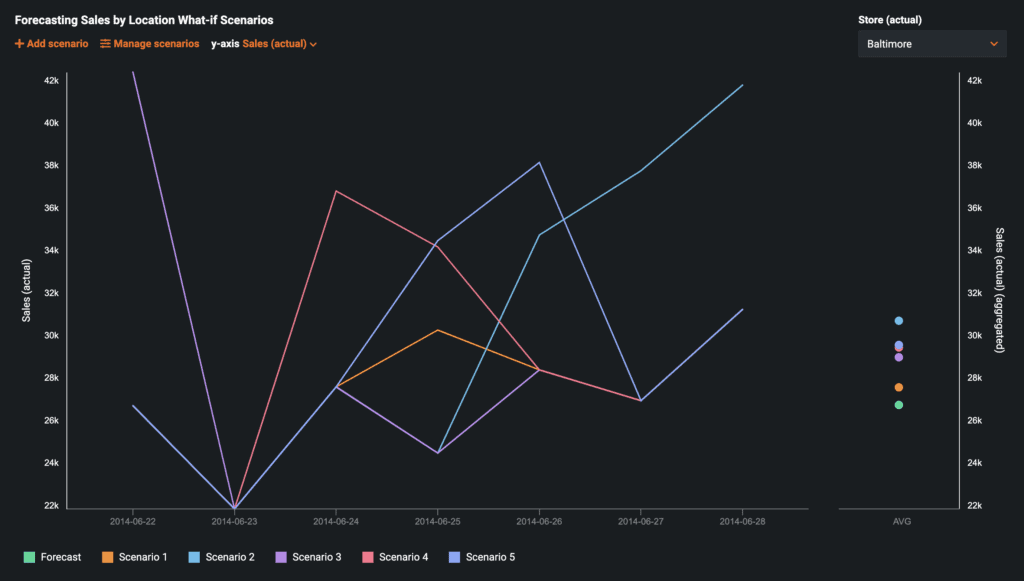
New Text Preprocessing Composable ML Tasks
Giving data scientists flexibility, DataRobot AI Cloud now supports direct access of natural language processing (NLP) hyperparameters (Lemmatizer, POS Tagging, and Stemming) as tasks for text-based blueprints. These hyperparameters have been relocated to Composable ML to enable users to intuitively access them naturally as part of the blueprint tweaking process. With these hyperparameters now accessible as tasks, new blueprint configurations are also unlocked.

Enhanced Language Detection for Autopilot
DataRobot has upgraded its language detection capabilities. AI creators can use the enhanced DataRobot AI Cloud Autopilot to automatically detect the language of text datasets and receive blueprints with optimized hyperparameters for the detected dataset languages. AI Cloud Autopilot helps tune hyperparameters so that natural language processing (NLP) models are optimized for the language of the text data. Unique to DataRobot, this new out-of-the-box language detection and automatic hyperparameter tuning speeds time to value for AI projects.
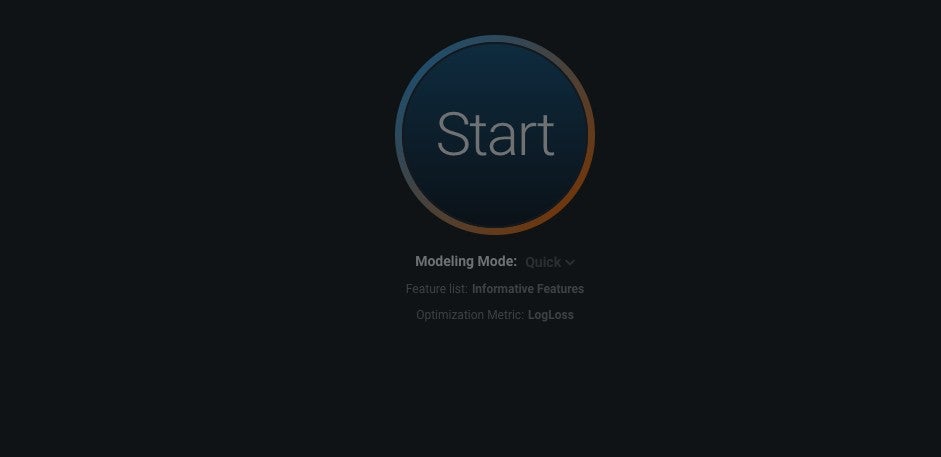
Enhanced Image Embeddings with Prediction Threshold
New Visual AI tools help AI creators navigate and explore the image embeddings produced by their models. The user interface now includes Prediction Threshold, a new option that allows users to filter images displayed by the prediction value, and Filter by Predicted, which allows users to filter images displayed by predicted value. The new tools and filters help users to focus on a subset of data and more easily navigate through image embeddings to identify trends and outliers. Enhanced image embeddings help users in confirming model results with their intuition.
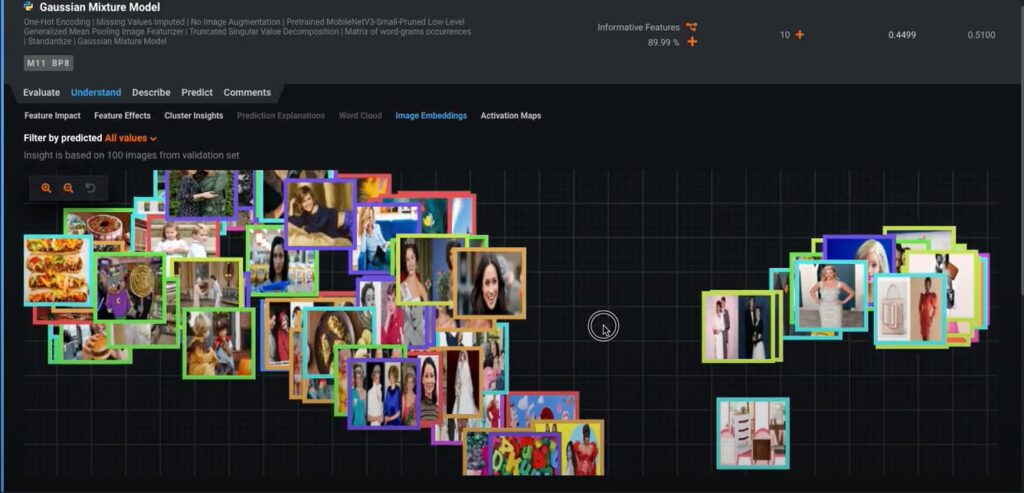
XEMP Multiclass Prediction Explanations for Prediction API
Unique to DataRobot AI Cloud, XEMP multiclass prediction explanations are available, out of the box, with any multiclass models. By helping to build trust in AI decisions, multiclass prediction explanations help AI consumers understand the results of the predictions for multiclass models. Multiclass prediction explanations can be used to provide avenues to improve the model, identifying areas such as potential leakage, large residuals, or situations where models can’t clearly distinguish between two classes.
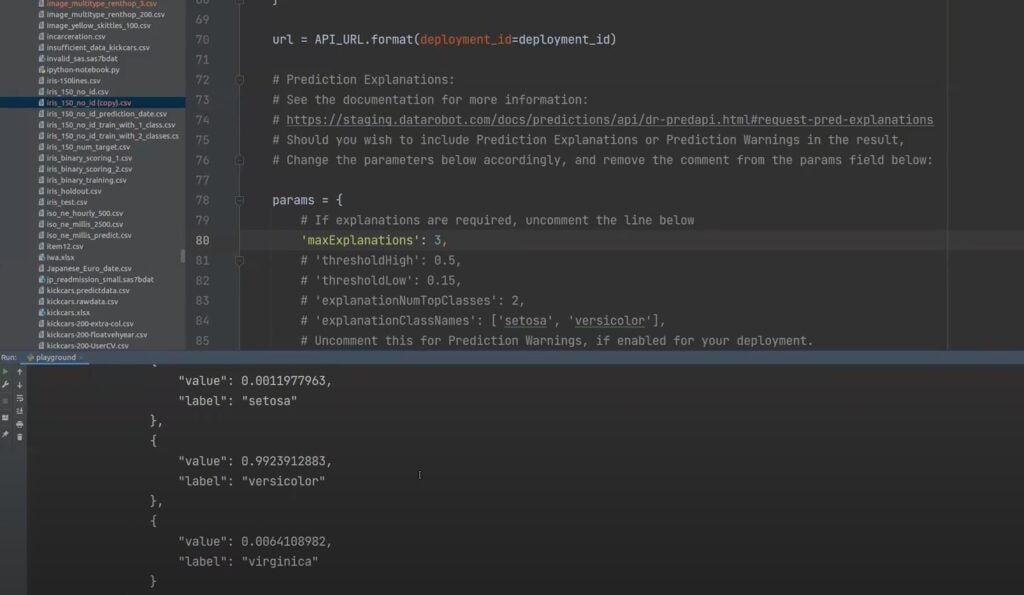
Batch Predictions Speed Improvement
As more organizations rely on large datasets, DataRobot AI Cloud now includes speed improvements in predictions requested from the AI Cloud deployments. In preview testing, batch predictions for new deployments were three to five times faster than previous tests.
Enhanced Language Detection for Autopilot
DataRobot has upgraded its language detection capabilities. AI creators can use the enhanced DataRobot AI Cloud Autopilot to automatically detect the language of text datasets and receive blueprints with optimized hyperparameters for the detected dataset languages. AI Cloud Autopilot helps tune hyperparameters so that natural language processing (NLP) models are optimized for the language of the text data. Unique to DataRobot, this new out-of-the-box language detection and automatic hyperparameter tuning speeds time to value for AI projects.
Job Prioritization
Business demands can change quickly, so DataRobot AI Cloud now enables users to prioritize training of specific models within a project to analyze those results earlier. Similarly, users can now deprioritize jobs with less demand so that those complete their tasks when resources become available.
AI Catalog Bulk Actions for Datasets
Often DataRobot AI Cloud users are working on multiple datasets at the same time. A new time-saving feature to help with this multitasking is bulk actions for datasets in the AI Catalog. With a simple checkbox feature, users can select multiple datasets for bulk actions, such as delete, tag, and share. Users can select bulk actions for up to 50 datasets, thereby speeding up AI projects.
Segmented Models Supported in DataRobot Portable Prediction Server (PPS)
Building on previously released Portable Prediction Server support, DataRobot AI Cloud now supports predictions in isolated environments through Segmented Models exported as model packages (mlpkg) in the DataRobot Portable Prediction Server. An MLOps Portable Prediction Server is an easy-to-use Docker container that hosts one or more production models. The models are accessible through a production-grade REST interface for predictions and prediction explanations.
Data Stages for Large-Scale Data Uploads
Making uploads of large datasets more reliable, DataRobot AI Cloud now supports a REST API to upload large datasets as a multipart upload to intermediary storage (a Data Stage) and then, after all parts of the dataset are fully uploaded, push data to the DataRobot AI Catalog or Batch Predictions. Data Stages also allow customers to take advantage of 100GB downsampling in AI Catalog.
DataRobot AI Cloud – May 2022 Release Full Feature list
For the full details of features included in the DataRobot AI Cloud May 2022 Release, visit the DataRobot Documentation Release Center.




